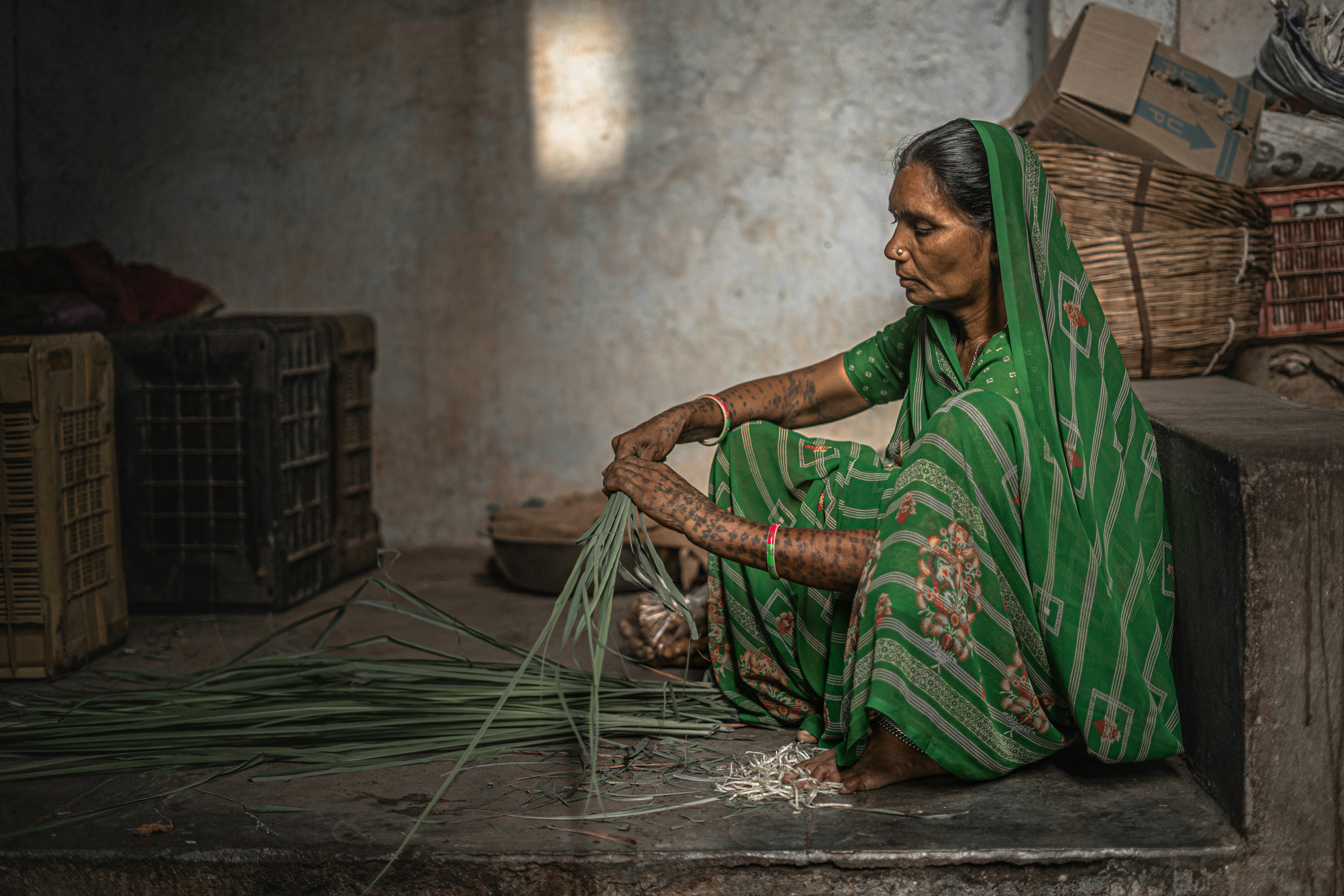One of the most significant advancements toward empowerment today is financial independence. The availability of financial services can impact women's roles and responsibilities in their communities. What is the level of financial inclusion for women in India and how does it compare to the USA?
Breaking it down into numerical values, real-life occurrences, and time-based solutions.
In what ways does financial inclusion impact women?
Having a bank account is not the only way to be considered financially inclusive. It includes:
- Savings, credit and insurance
- Financial literacy and confidence
- Equal rights to economic participation
- Digital tools such as UPI or mobile banking are available in India and the USA
The inclusion of women in the financial system benefits families, communities, and even national economies
Progress made in India and gaps to be filled?
Despite India's progress, women still have access to rural areas.
📊 Key Facts:
- The World Bank's Global Findex 2021 study reveals that 78% of Indian women have bank accounts, which is an increase from 43% in 2014.
- Over 280 million women's accounts were opened through the Jan Dhan Yojana as of 2023.
- While women are using UPI and mobile wallets more frequently than men, digital literacy remains a significant issue.
🚧 Challenges:
- Only 22% of women use their bank accounts actively each month.
- Banking interactions and cultural restrictions imposed by men persist.
- A lack of credit access is a concern as only 13% of women entrepreneurs receive formal loans.
💡 Noteworthy Moves:
- Women's accounts can be eligible for Government DBT (Direct Benefit Transfers).
- Microfinance is offered by SHGs like Kudumbashree in Kerala.
- KhaaliJeb and PayNearby are private fintech companies that focus on rural women.
While the USA has improved, its access is still unevenly distributed
Systemic inequality persists despite the fact that women in the USA have access to more banking.
📊 Key Stats:
- A bank account is owned by 93% of women who are adults.
- A significant increase in the proportion of women owning U.S. businesses has been observed. Women now own 42% of all businesses.
- Women-owned businesses only receive 2.3% of venture capital funding.
🚧 Hidden Inequality:
- A gender pay gap leads to reduced savings and investment options.
- Minorities, particularly women, are disproportionately affected by underbanking or debt accumulation.
- Having children after a divorce or being single mother means that credit is not readily available.
💡 Encouraging Signs:
- Growth of women investment sites, such as Ellevest.
- Assistance for female founders through SBA and private incubators, including grants and startup funding.
- Improved financial education via distance education and schools.
So, What’s the Real Picture?
- The financial access gap in India is being addressed through policy, but it is also encountering difficulties with credit and usage.
- Despite access to mature education in the USA, women of color face significant challenges in achieving financial equality.
What Can Make a Difference?
✅ Digital literacy is the key to empowering women in using banking applications securely.
✅ Policy and Private Support: Promotions for women-owned enterprises.
✅ Community Banking: Individual tailored local solutions (SHGs in India, Credit Unions across the United States).
✅ Providing loans, insurance, and savings plans that are tailored to women's needs.
Final Thoughts
Financial inclusion involves more than just having an account; it also involves dignity, opportunity and choice.. The goal of enabling women through economic access is shared by India and the USA, despite their differences in this regard.
Women's involvement in the financial mainstream will result in not only influencing their own future but also shaping economies around them.
